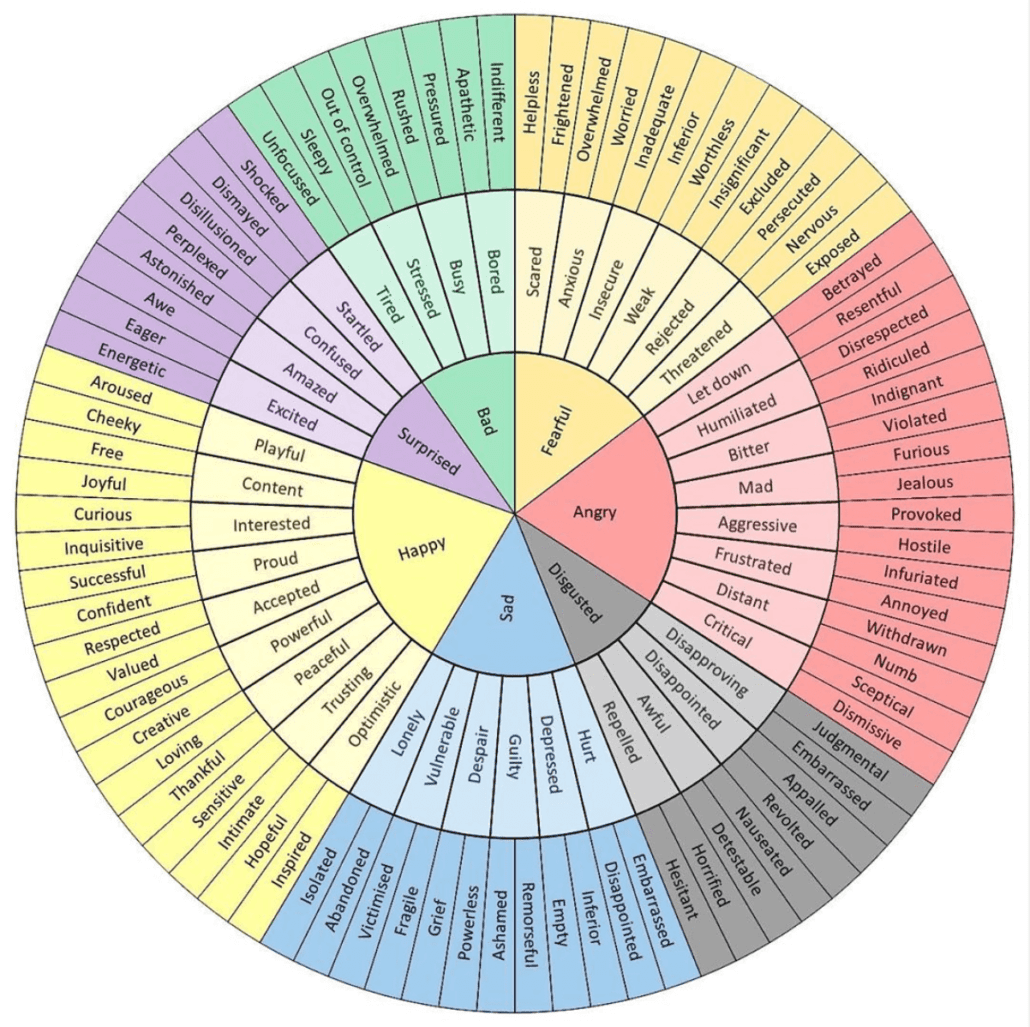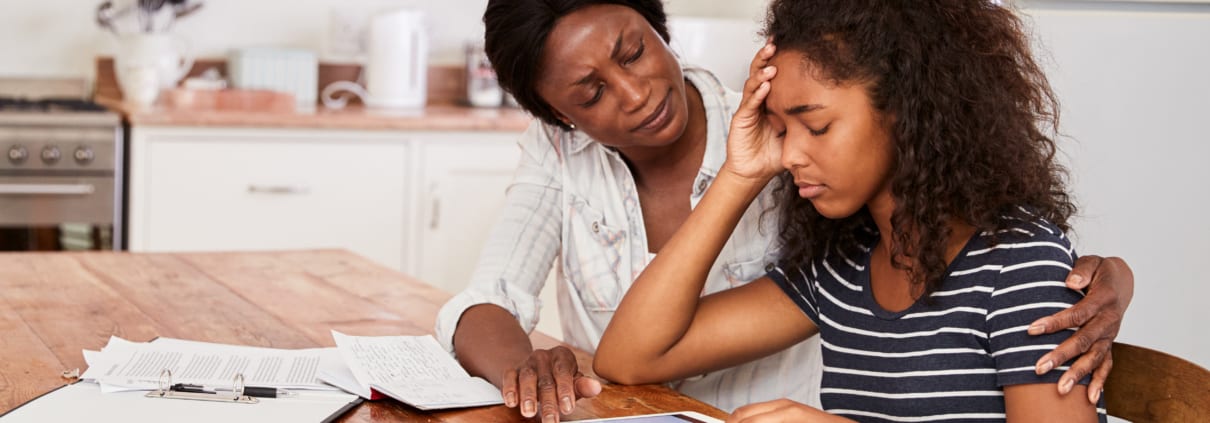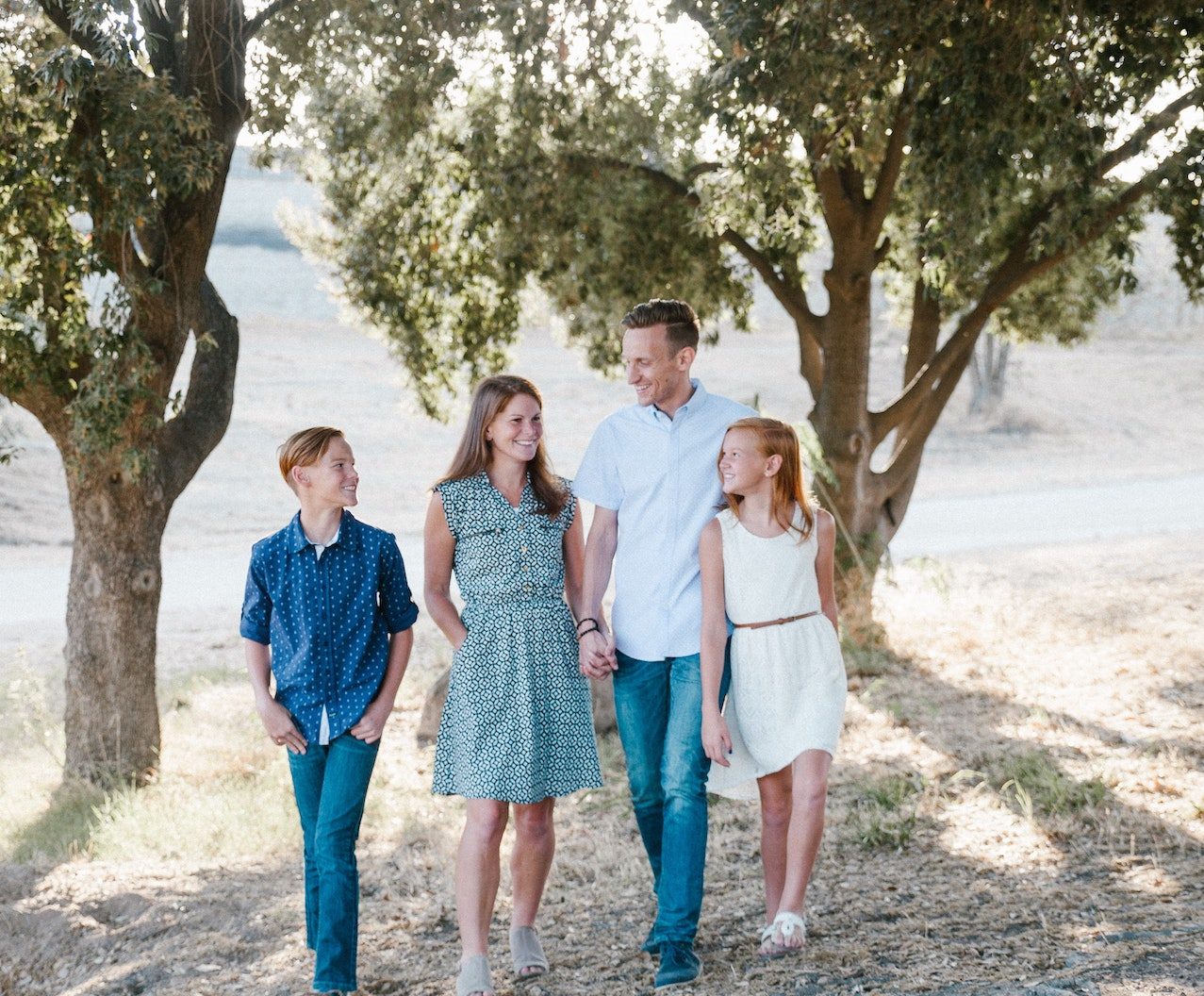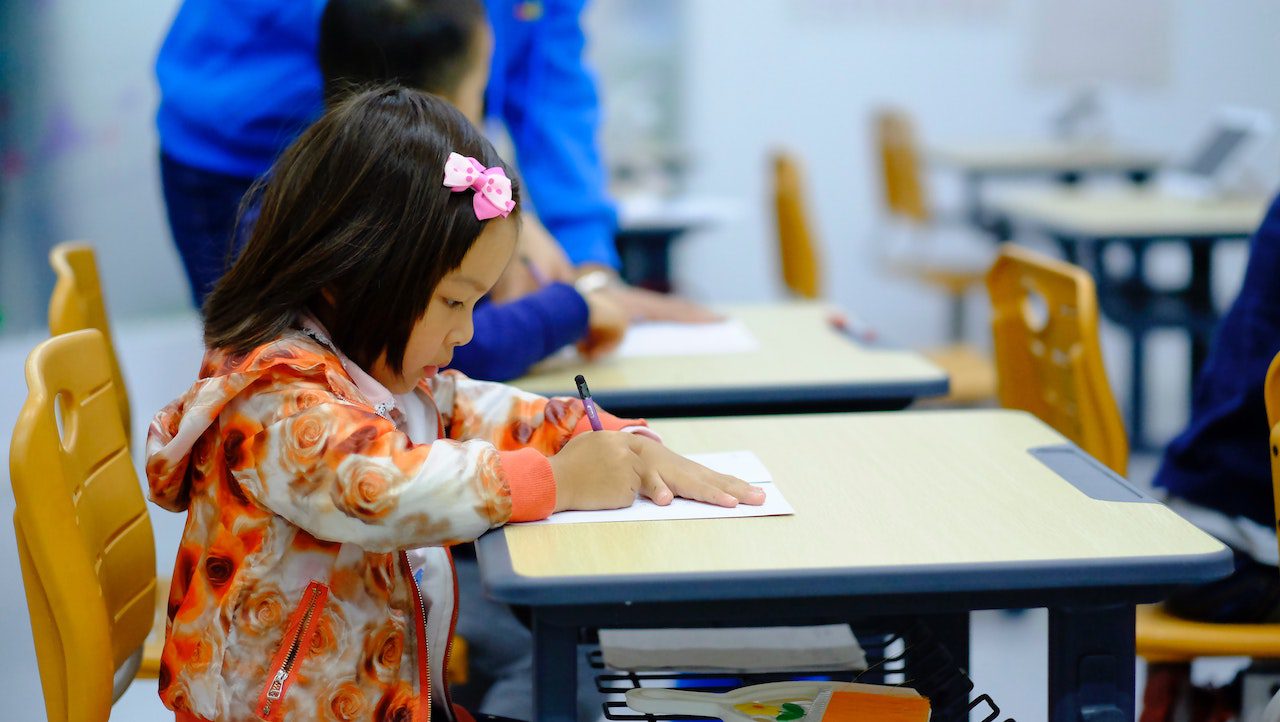How to Help My Child Handle Anxiety

As a parent, it never ceases to amaze me that I feel a piece of the hurt that my child experiences—whether it be a skinned knee, a disappointment, or hurt feelings. I’m sure you feel the same way. And unfortunately, anxiety does not discriminate by age. Helping your 8- to 12-year-old child through anxiety is no piece of cake. Many parents are left in the dark as to how to nurture their child through worry, fear, and panic.
When your tween-ager becomes anxious, how do you help them handle their anxiety?
Worries and fears are normal for kids, whether it’s being nervous about an upcoming test, a friendship, or feeling uncertainty over a move to a new house. These feelings typically work themselves out in a short amount of time, and life moves on. However, anxiety can become problematic in tweens when it persists and interferes with everyday life.
Not all kids experience anxiety the same way, and the source of one kid’s anxiety might be different from another’s. According to the National Health Service of the UK, some children simply have a hard time with change, such as attending a different school or moving to a new town. Distressing or traumatic experiences such as a house fire, change in family structure, or the death of someone close to them can certainly spark anxiety. Also, family conflict and arguments can heighten anxiety in children, especially if they experience it often.
According to the National Institutes of Health, the CDC, and the AACAP, there are some typical signs to look for to indicate that your child may be experiencing anxiety:
- Anger or irritability.
- Constant worry, negative thoughts, the nagging thought that bad things are going to happen.
- Trouble sleeping at night.
- Bad dreams.
- Headaches or stomach aches.
- Trouble concentrating.
- Feeling tense or fidgety.
- Trouble concentrating on schoolwork or other tasks.
- Avoidance of social gatherings or everyday activities.
- Lack of confidence to try new things.
Keep in mind that many of these symptoms can be normal in 8- to 12-year-olds from time to time; all kids have a nightmare or show some fidgetiness now and then. However, if you see these symptoms crop up repeatedly, this may be an indication that your child is experiencing some anxiety and needs some help to cope.
So, what can you do as a parent to help your child during these times? Here are some steps to help your child walk through worry, fear, and anxiety.
Help your child talk through and name their feelings.

Many kids don’t know how to articulate what it is they are feeling. Putting a label on what your child is feeling gives them a certain power over their anxiety, what some psychologists call a “name it, tame it” philosophy. Tools such as the emotion wheel below can help kids choose words to describe what they’re feeling.
Another side of the “name it, tame it” idea is to help your child give a literal name to the feeling of anxiety. This helps them to call the anxiety out and put it in its place. For instance, they might say, Well, “Bruce” is showing up again, making me feel worried about this test. Bruce, you need to go away so I can get on with my class! This may feel a little “lame” to older kids, but it gives them a vocal power over their negative feelings and helps them to regulate tense emotions.
Teach them to recognize their own signs of anxiety as they begin to arise.
(Such as heart beating fast, trouble thinking straight, sweaty palms, etc.). Anxiety is usually something that shows up progressively before it reaches full tilt, sometimes described as a wave that builds up and then ebbs away. The more your child can anticipate the wave coming, the better they can head it off at the pass with some coping skills.
Teach your child some simple mindfulness and relaxation techniques for when they feel anxiety coming on.
For instance, they can take three deep breaths, inhaling through the nose on a three-count and exhaling through the mouth on a three-count. Deep breathing helps to slow a person’s heart rate and the amount of stress hormones that get squirted in the brain in a nerve-racking situation. Other very simple relaxation techniques can be found online.
Help your child talk through what can be and what can’t be controlled in a certain situation.
For example, the fact that they will be attending a new school or that they won’t know anyone the first day or so cannot be controlled. However, they can control whether they open up and get to know other students. They can control whether they ask a teacher for help with finding their way. And they can control the knowledge that they will be coming home after school and can relax better. Direct your tween to make a two-column list, spelling out what can and cannot be controlled in their situation.
Encourage your child to keep a “worry journal,” recording what it is that has them anxious and what they are feeling.
Another great version of this technique comes from Young Minds and is called the “worry box.” Kids can take a decorated box and, as they experience worry or anxiety over situations, record what they are worried about on slips of paper and put them into the box. At the end of the week, go through the slips of paper together with your child; have them determine which pieces of paper were worth worrying over (which is usually none of them), and have them tear that piece of paper up and throw it away. This is a great symbolic way of your child showing power over their anxiety.
Coach your child to eat a healthy diet and get plenty of physical activity.
(At least 60 minutes a day, according to the CDC). And be sure they get the recommended amount of sleep at night for their age. Our physical health and our mental health are connected.
Avoid “pre-purchasing” anxiety for your child.
In other words, if you are feeling anxious over a certain situation your child is facing, your child will read you and follow suit. Also, avoid persistent family arguments and unhealthy conflict in the house. An environment filled with conflict only serves to increase the anxiety your child will feel at any given time.
☆ If your child’s anxiety persists or increases despite these measures, be sure to pay a visit to their primary doctor with these concerns.
Anxiety happens, and you want your child to learn how to read their own anxiety and develop coping skills. Keep in mind that anxiety is something to be worked through. And everyone needs someone else to walk with them through it—especially children. A key concept that 8- to 12-year-olds can begin to grasp is the idea that you have the power to not let anxiety get the best of you. And kids this age can begin implementing coping tools to demonstrate that power over their anxiety.
Above all, be patient with them. Let them know you are there to walk with them without judging or shaming them for their feelings. A strong, caring relationship with your kids is the biggest weapon you can give them to build the inner strengths to handle anxiety.
Image from Pexels.com








Thoughts? Leave a Comment